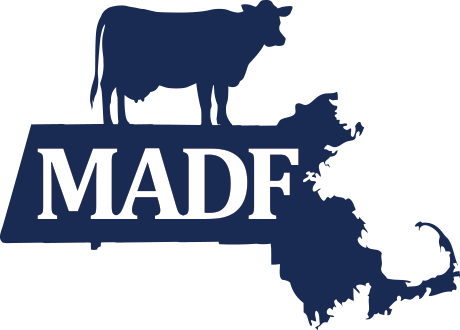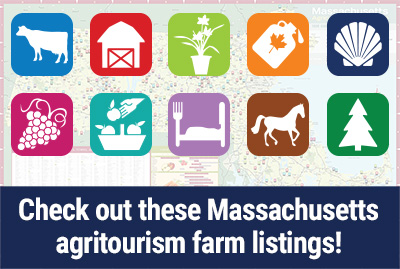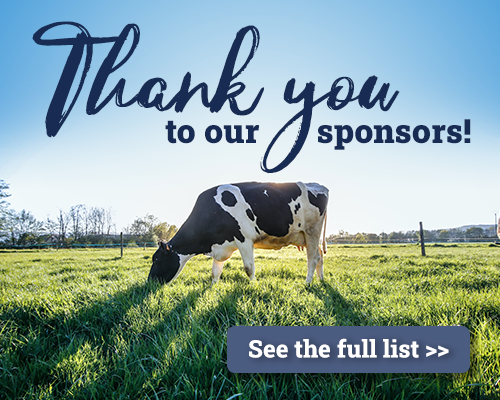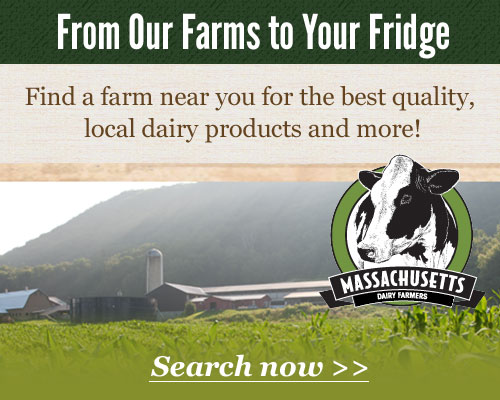USDA Opens New, Expanded Round Of COVID Aid To Farmers
September 18, 2020
The Agriculture Department is launching a new round of coronavirus relief payments worth up to $14 billion that will be spread over more commodities with new methods of calculating the assistance. The commodities that will qualify for the Coronavirus Food Assistance Program payments for the first time include goats, bison, mohair, tobacco, hemp, mink and three classes of wheat: soft red winter, hard red winter, and white.
Enrollment started September 21 for the second round of CFAP, which is designed to compensate farmers for losses related to the COVID-19 pandemic since mid-April. The deadline for signup is December 11.
President Donald Trump announced the planned launch of CFAP-2 on September 17 at a campaign event in Wisconsin ahead of the release of the rules by USDA on Friday. Trump said the payments would amount to $13 billion. In a statement, USDA said they could total “up to $14 billion.”
“We listened to feedback received from farmers, ranchers and agricultural organizations about the impact of the pandemic on our nation’s farms and ranches, and we developed a program to better meet the needs of those impacted,” said Agriculture Secretary Sonny Perdue.
Under the first round of CFAP, commodities generally qualified for payments if their price had declined by at least 5% for a specified time period, generally between January and April 15.
Under CFAP-2, the 5% price decline will continue to be one of the three methods used to determine eligibility, and the time period will extend from April 15 to the end of the year, according to USDA. The eligible commodities will include barley, corn, sorghum, soybeans, sunflowers, upland cotton, all classes of wheat, milk, broilers, eggs, beef cattle, hogs, lambs and sheep.
Payments for such “price trigger” crops will be calculated using the greater of the 2020 planted acres multiplied by $15 per acre; or the eligible acres multiplied by a nationwide crop marketing percentage, multiplied by a crop-specific payment rate, and then by the producer’s weighted 2020 Actual Production History (APH) approved yield.
The marketing percentage and payment rates are:
- Barley, 63% and 54 cents a bushel.
- Corn, 40% and 58 cents a bushel.
- Cotton, 46% and 8 cents per pound.
- Sorghum, 55% and 56 cents a pound.
- Soybeans, 54% and 58 cents a bushel.
- Sunflowers, 44% and 2 cents per pound.
- Wheat, 73% and 54 cents per bushel.
If an APH isn’t available for the farmer, the CFAP yield will be 85% of the benchmark yield used for the Agriculture Risk Coverage-County Option program.
Poultry and livestock will be paid this way:
- Broilers and egg payments will be based on 75% of the farm’s 2019 production.
- Dairy payments will be based on actual production from April 1 to August 31 and an estimate by the Farm Service Agency of production from September 1 to December 31. The dairy payment rate is $1.20 per hundredweight. Goat’s milk also is eligible for payments at varying rates.
- Beef cattle, hogs and pigs, and lambs and sheep payments will be based on the maximum owned inventory of eligible livestock, excluding breeding stock, on a date selected by the producer between April 16 and August 31.
Payments for cattle and hogs will be calculated by multiplying the number of payment limitations for the producer, multiplied by the payment rate for each species. The payment rates are $55 per head for beef cattle and $23 for hogs and pigs. The payment rate for lambs and sheep is $27 per head.
Crops such as hemp that don’t qualify for payments under the price-trigger method either because they didn’t have a 5% price decline or don’t have sufficient price data available can qualify for payments at a flat rate of $15 per acre.
Other crops that will qualify for the flat rate include alfalfa, extra long staple cotton, oats, peanuts, rice, hemp, millet, mustard, safflower, sesame, triticale, and rapeseed, USDA says.
The third category of commodities can qualify for payments based on sales. They include “specialty crops; aquaculture; nursery crops and floriculture; other commodities not included in the price trigger and flat-rate categories, including tobacco; goat milk; mink (including pelts); mohair; wool; and other livestock (excluding breeding stock) not included under the price trigger category that were grown for food, fiber, fur, or feathers,” USDA says.
Payments will be calculated on a “a sales-based approach, where producers are paid based on five payment gradations associated with their 2019 sales,” the department says.
Payments will be limited to $250,000 per producer for all commodities combined, regardless of the payment type. CFAP-1 had a similar cap.
According to the latest weekly report (as of September 18, 2020), USDA has paid out $9.9 billion in the first round of CFAP, which launched in May. Enrollment ended Sept. 11. The first round was initially estimated to cost $16 billion. Iowa farmers have received the largest share of CFAP payments, $961 million, followed by Nebraska ($701 million), California ($606 million), Minnesota ($601 million) and Texas ($598 million).
This information from Agri-Pulse is accurate as of September 18, 2020. For more updates on the matter please visit the Agri-pulse website.









